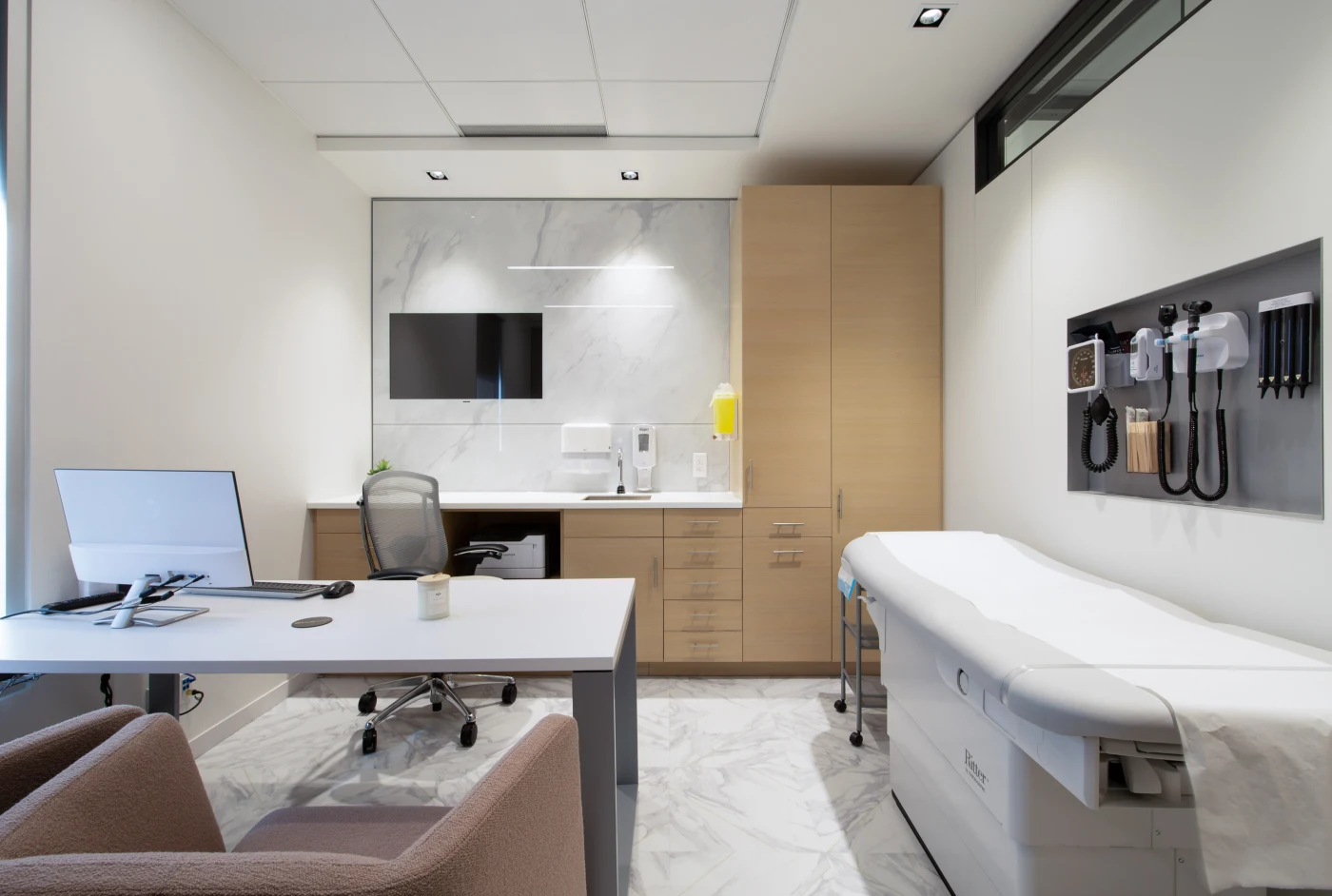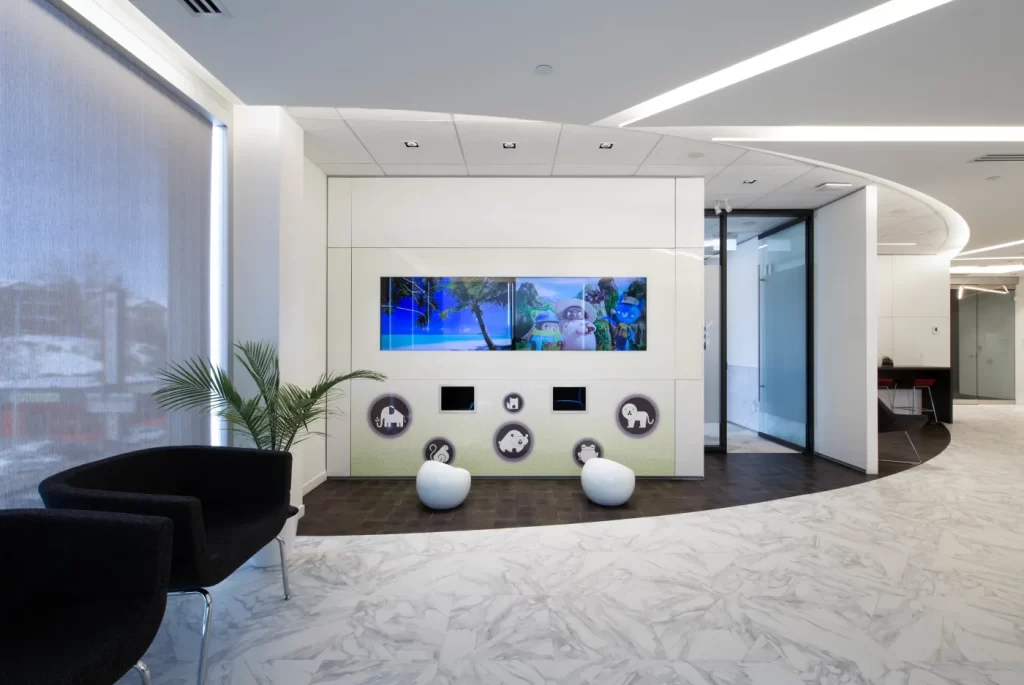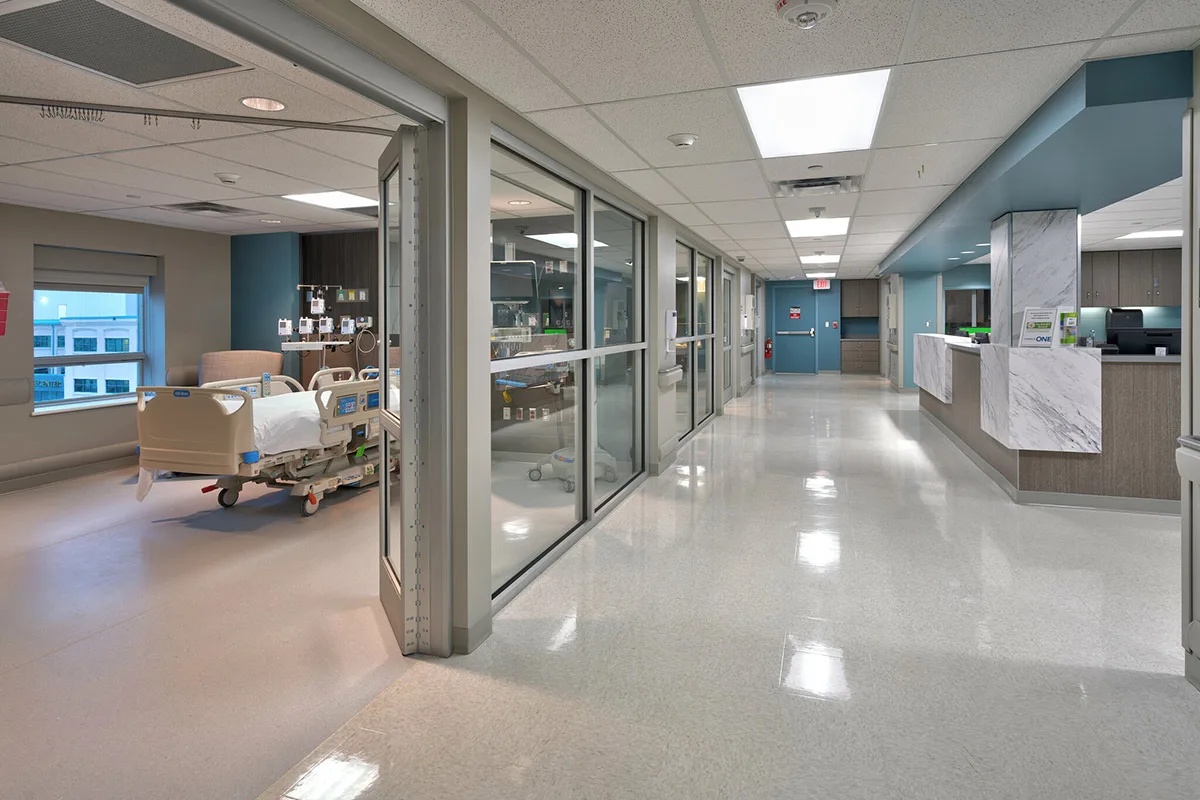Prefabrication will soon be part of every new development

Rich Steimel is the first to admit that, at age 61, he’s far from the youngest person on the construction projects he oversees. Still, the Lendlease executive often finds himself cajoling junior colleagues to consider new building methods to make projects more cost-effective and competitive.
“I find myself trying to convince people to open up a little bit and saying, ‘let’s not just lean back on how we did something five or 10 years ago. There’s a better way out there,’” says Steimel, a senior vice president and principal in charge of the Healthcare Group at Lendlease, a large-scale construction manager and developer in New York.
Steimel is a “very strong proponent” of prefabrication as an alternative to the traditional, fully customized ways of building. Not only does prefabrication save time and money on development projects, but it provides the kind of nimble building space owners — and space users — are seeking in today’s fast-changing business environment.
“People are comfortable doing things the way they did before. It’s a human characteristic, and we’re going to break them out of that,” Steimel says. “There’s a new way. There’s a new sheriff in town.”
Prefab is faster, more efficient, and safer
Having worked in the construction industry for nearly four decades, Steimel knows how inefficient the old ways can be. He started off studying architecture before quickly realizing that sitting behind a drafting table all day wasn’t his style. “But I always knew I wanted to build, in some way, some form, some shape,” he says. “And when you finish a project it’s very rewarding. You know it’s going to be there for a while.”
In 1984, he landed a job as assistant project manager for a large construction company in his home city of New York. His first assignment was working on a hospital. “I’ve been in hospitals ever since,” he says.
Steimel started to introduce prefabrication into his projects several years ago, realizing the “dramatic improvement” in how his firm does business.
“We used to literally build a hospital or a room or a unit or a suite, one piece of material at a time — one stud, one piece of Sheetrock, one flooring tile, one ceiling tile, one light fixture,” he says.
Healthcare facilities are among the fastest adopters of prefabrication and will be going forward, according to recent market data from Dodge Data & Analytics. Its survey forecasts 82% of healthcare facilities will use “a high frequency” of prefabrication and modular construction over the next three years, followed by hotels and motels at 74%. Prefabrication is not only more efficient, but also higher quality. Steimel says that claim sometimes surprises skeptics, until they’ve seen it.
“When you compare the quality of a component that’s built in a factory compared to one that’s delivered in 300 pieces and then hand-erected, there’s no doubt that the factory-built is superior in quality. No question,” he says. When Steimel confronts critics of prefabrication he doesn’t get deterred; he gets proactive.
“I’m very persistent,” he says. “I’ve had people get on a plane and actually go see how we just built a machine room in South Dakota. How we can build headwalls in Calgary. How we can build headwalls in Georgia. They have to see it. And then when they see it and they touch it, they’re like: ‘Now I get it. Now I understand.’ The finished product wins the day.”
Prefabrication has been particularly important in his work during the COVID-19 pandemic, as hospitals are forced to negotiate their space to handle a sudden bed shortage.
Steimel cites an example at one New York hospital that needed its emergency department expanded due to an influx of COVID patients: “We’d probably still be there screwing in Sheetrock to the walls if we did it conventionally,” he said. Instead, they were able to get custom-made headwalls delivered within weeks. “It couldn’t have been clearer to anyone the value and flexibility of these modular products.”


